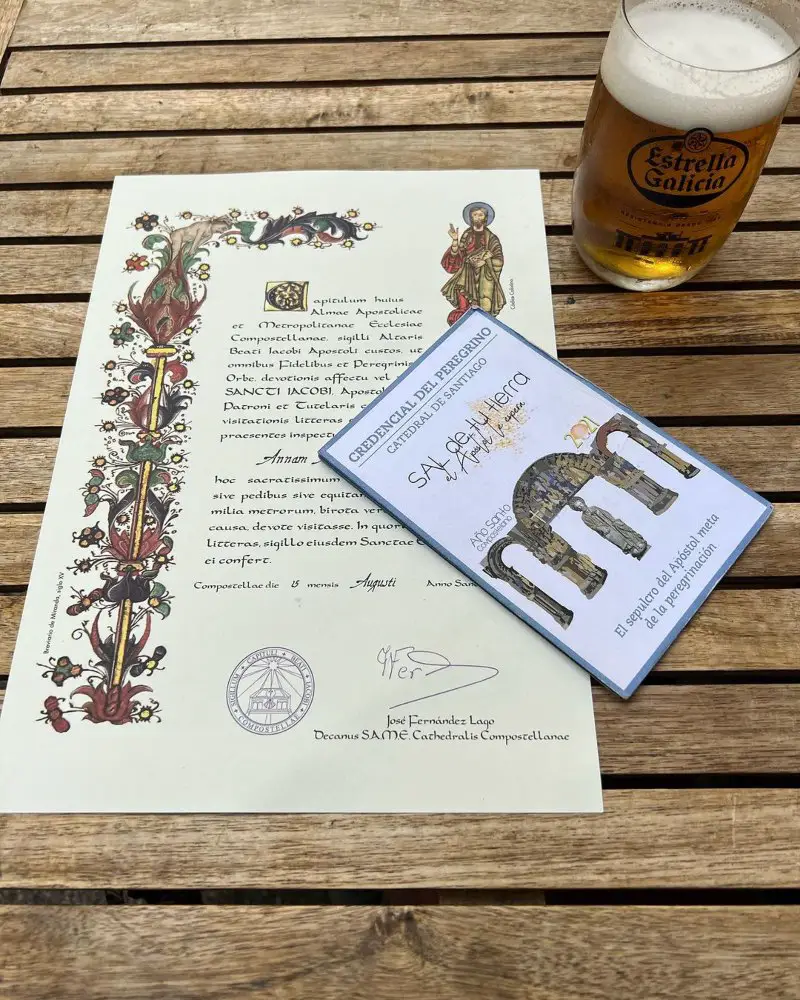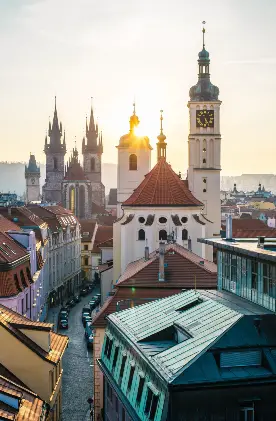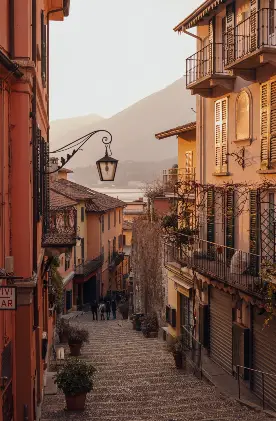Hi, my name is Ana and welcome to my article on the Portuguese Camino de Santiago. I’m a Spanish girl who lives in Benavente, a town in the province of Zamora, and I’ve always been interested in visiting new places.
Travel started out as an escape from work, and life, and has ended up being a massive passion for me. I love the feeling of getting to know new cities, different cultures, the diversity of the people you meet and being able to enjoy delicious cuisines. One of the most fantastic adventures I’ve had has been on the Camino de Santiago, a walk I’ve completed twice.
In 2019, I did the last 114 km of the French Way from Sarria and this summer I did the last 117 km of the Portuguese Way from Tui. I found it to be a nice and comfortable experience on both occasions, so much so that I’m thinking about doing it a third time. It’s such a wonderful walk and is something you can do alone, because you meet people along the way.
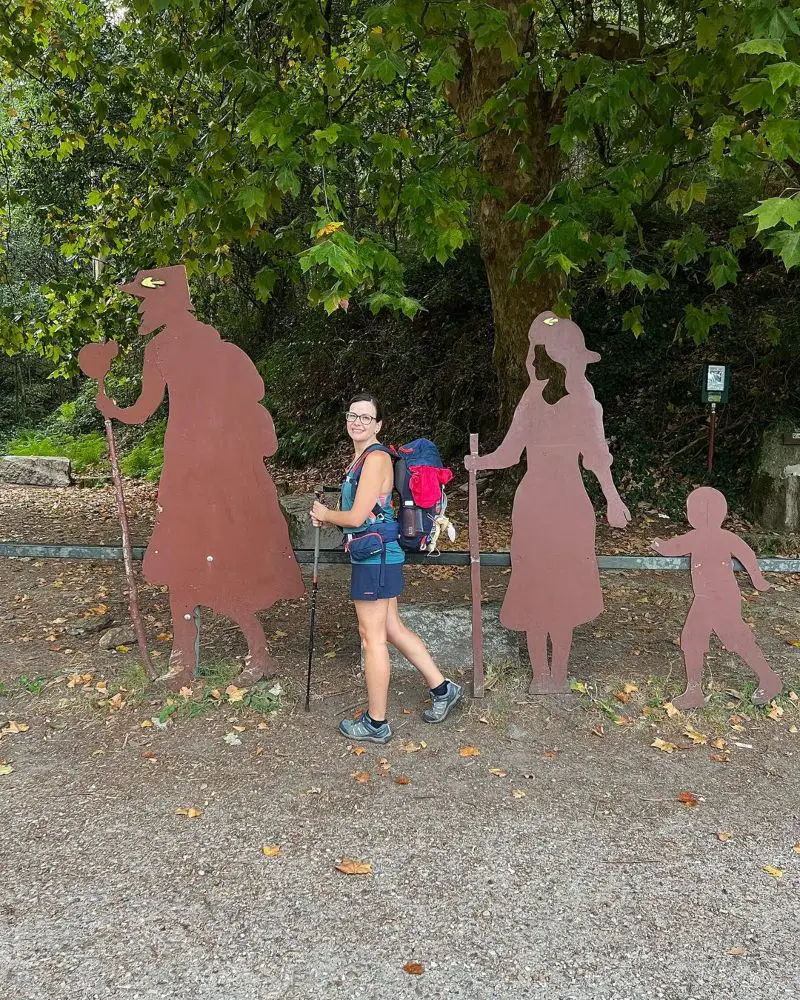
My Experience on the Portuguese Camino de Santiago
This summer’s journey on the Portuguese Way had me going from Tui on the Portuguese/Spanish border to Santiago de Compostela. It took me five days in stages of 31, 20, 21, 20 and 24 km. The walk was along a relatively simple and flat path with hardly any unevenness.
On this particular route you walk through beautiful forests, and small cities and quaint villages – some with a certain maritime heritage due to their proximity to the Vigo estuary. In the towns you find all sorts of services for pilgrims such as shops, supermarkets, restaurants and accommodations.
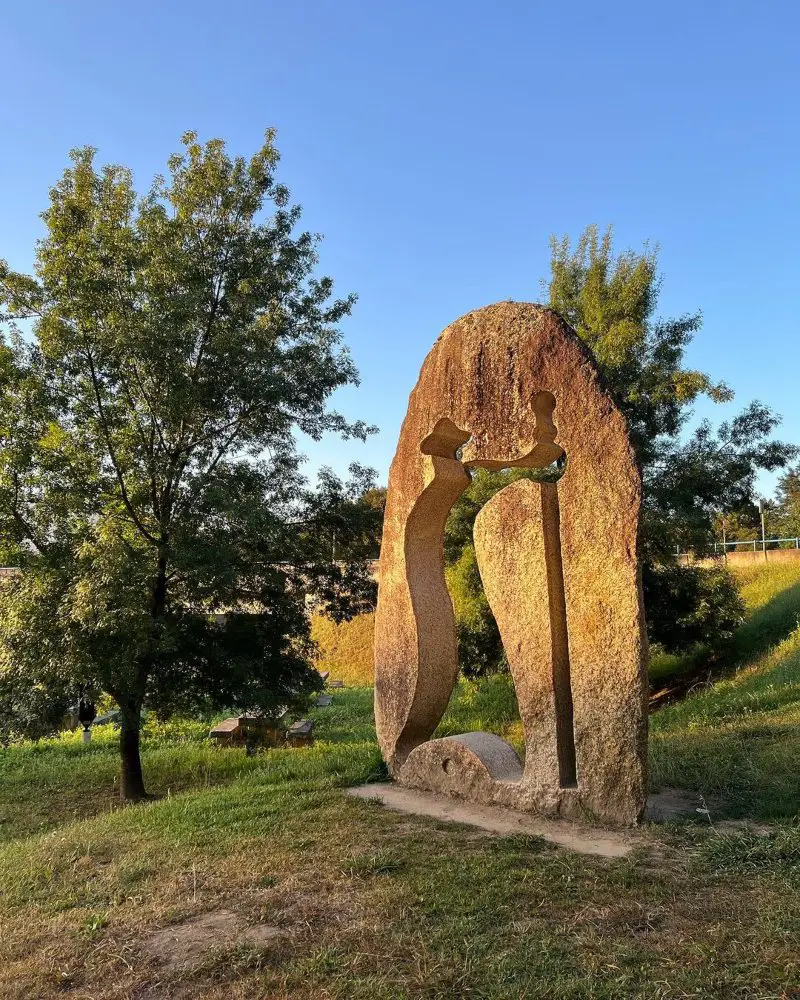
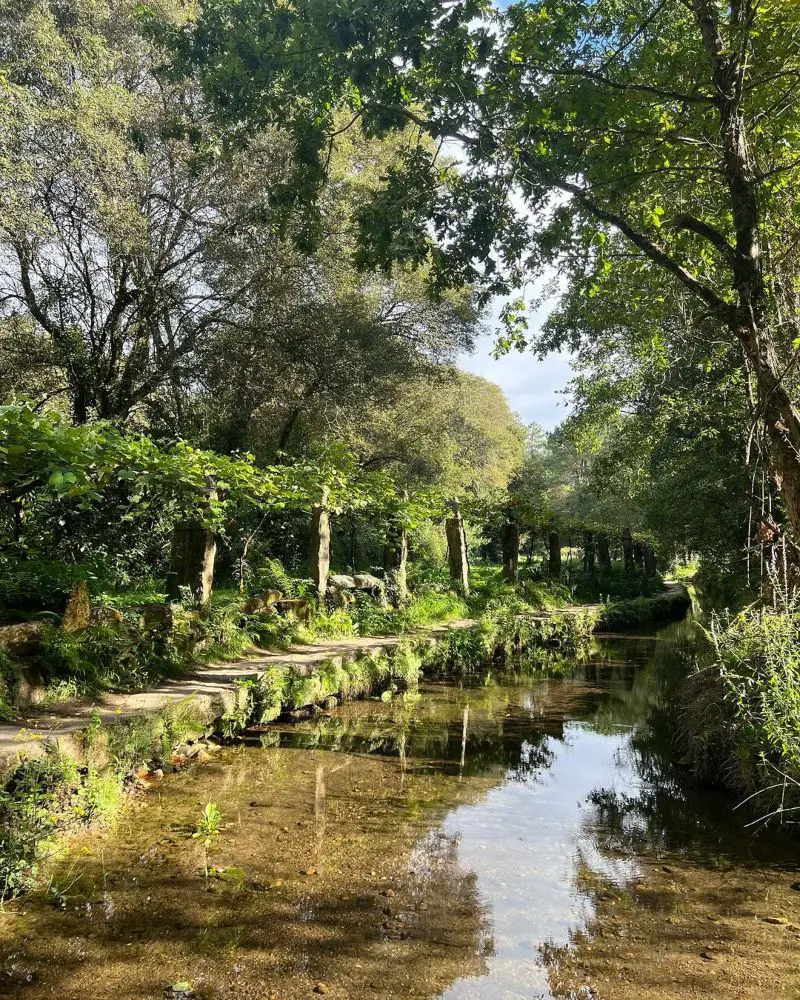
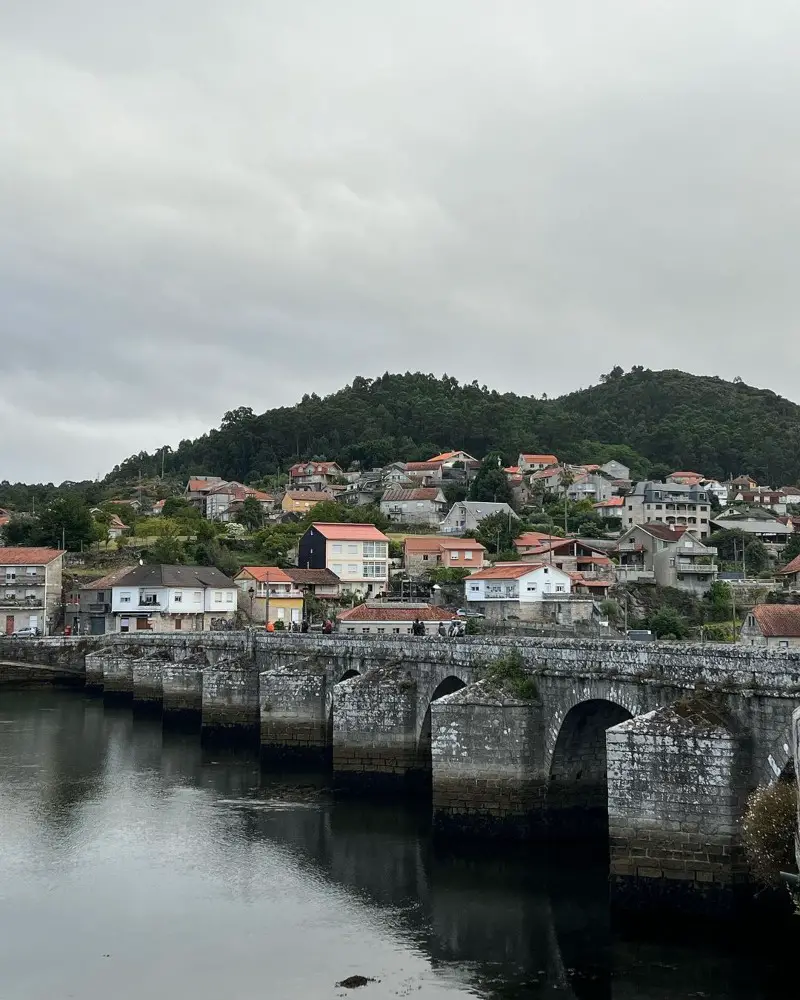
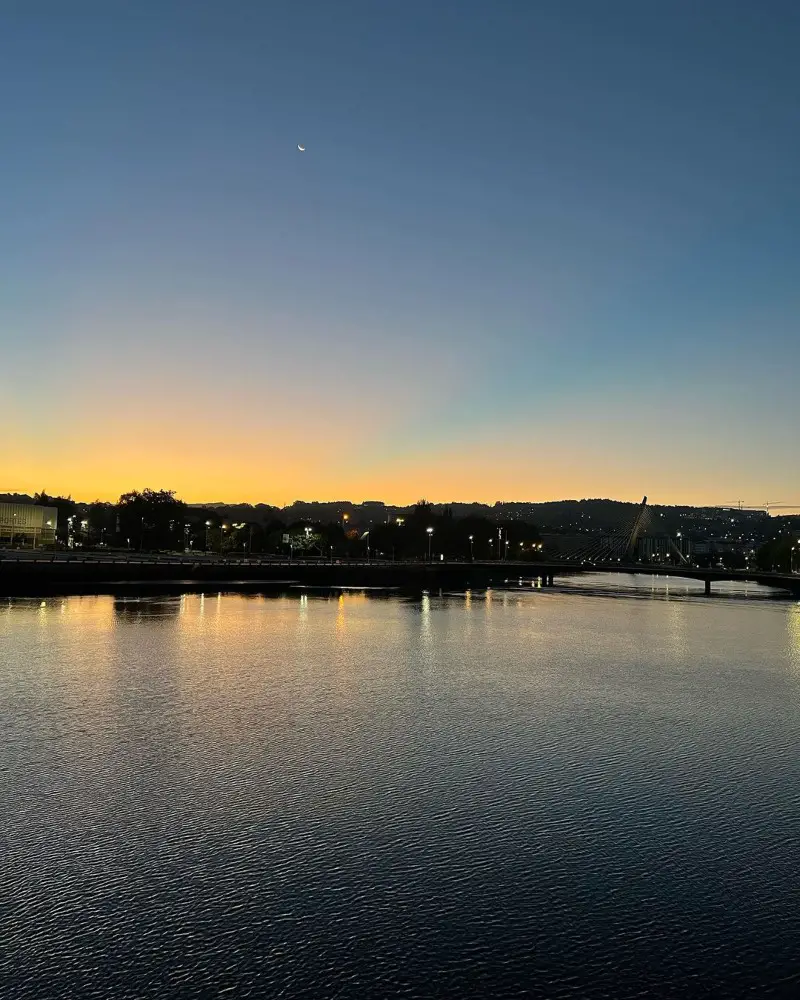
5 Best Places to Visit on the Portuguese Camino de Santiago
1. Redondela
No matter which Portuguese route you take (the inland one or the coastal one), both converge in Redondela. Nestled in the heart of Galicia, it offers a serene and enchanting experience along the sacred route. Redondela’s charm lies in its rich history with ancient churches and historic landmarks, like the Romanesque Church of Santiago and the Puente Sampayo Bridge.
Pilgrims can also savor Galician cuisine, indulging in seafood and regional dishes. Its natural beauty is equally captivating with lush landscapes, lovely beaches and stunning vistas along the Vigo estuary. Redondela provides respite and cultural enrichment for those on the Camino de Santiago.
2. Pontevedra
Capital of the Rias Baixas, Pontevedra is home to a historic center that can only be described as a true wonder. Cobblestone streets wind through a medieval maze of squares and churches, providing a tranquil atmosphere and pedestrian-friendly layout for pilgrims. The Iglesia de Santa Maria la Mayor is the main architectural highlight not to be missed.
3. Caldas de Reis
Walking through the Caldas de Reis municipality is a special part of the Portuguese Camino de Santiago. Caldas de Reis is renowned for its thermal springs, providing weary walkers with a soothing soak. The municipality is steeped in history with Roman bridges, little churches and a peaceful atmosphere. The green landscapes here also make for a scenic journey.
4. Padron
Padron, a cherished stop on the Portuguese Camino de Santiago, holds immense cultural and spiritual significance. This town is the purported birthplace of Saint James, the patron saint of the pilgrimage, making it a revered destination for pilgrims. The Igrexa de Santiago Apostolo de Padro houses the revered stone where the apostle’s boat is said to have docked.
Padron’s allure lies in its old town where charming streets, plazas and churches offer a glimpse into its rich history. The town’s gastronomy, particularly the famed Padron peppers, adds to its overall appeal.
5. Santiago de Compostela
You can finish the walk here or continue to Fisterra, but either way you won’t ever want to leave this magnificent place. This Galician city is steeped in religious history, crowned by the Santiago de Compostela Cathedral which houses the shrine of Saint James. Its stunning architecture and the special Botafumeiro incense ritual add to the spiritual experience.
The city’s medieval old town also boasts winding alleys, inviting squares and countless pilgrim services – making it the perfect place for reflection and celebration. Santiago’s unique vibe, diverse dining options and rich cultural offerings provide an ideal ending to the Camino – leaving pilgrims with lasting memories and an undeniable sense of accomplishment.
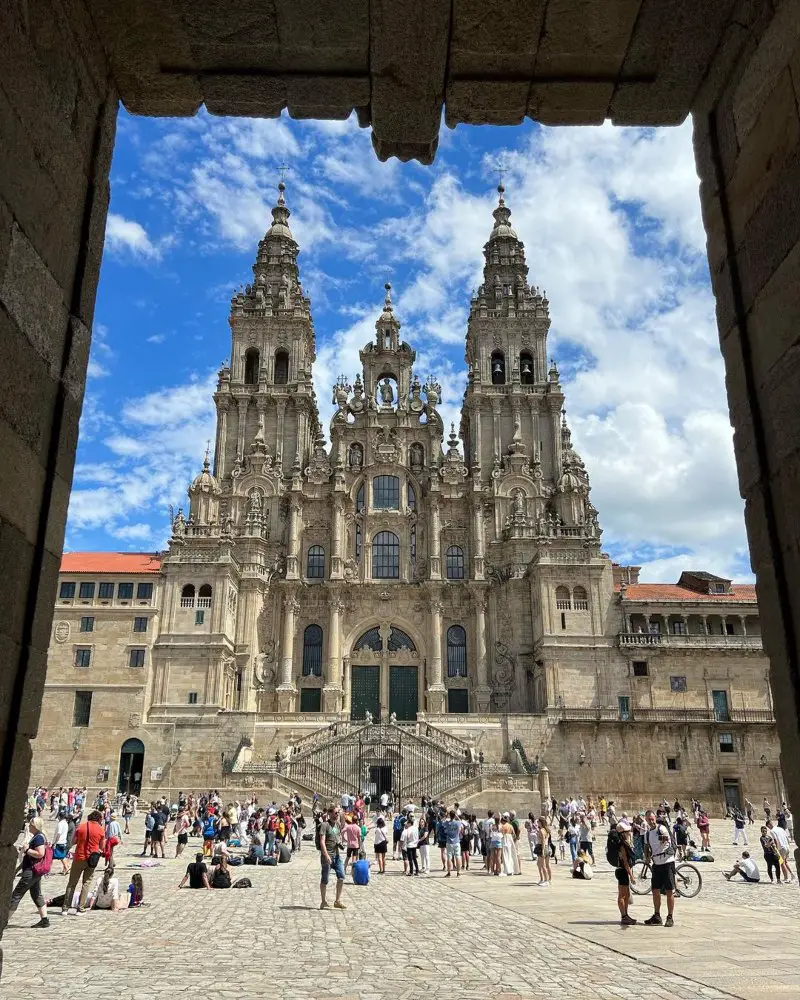
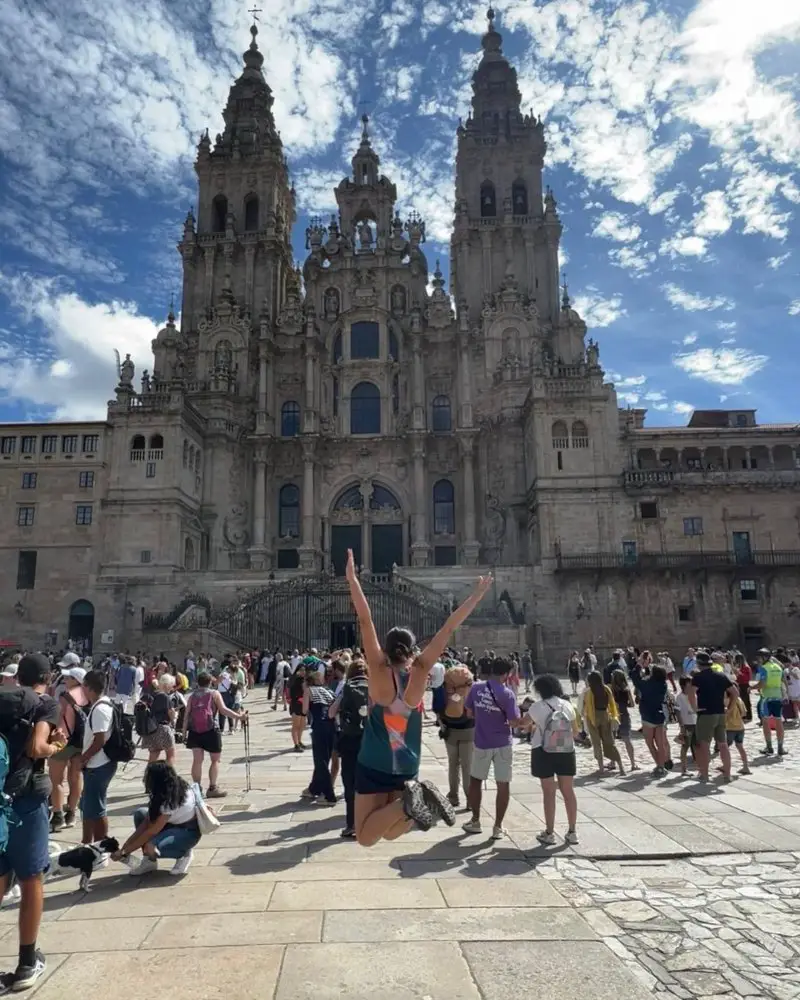
Tips for Embarking on the Portuguese Camino de Santiago
- Prepare for the Heat in Summer: If you’re embarking on the Portuguese Camino de Santiago in the middle of summer, prepare for the sweltering heat. For me, the route wasn’t too difficult but the heat did make it challenging at times as I did it in August. The path is flat, however it’s still worth getting fit prior so as to not finish the walk completely exhausted.
- Bring All the Necessary Gear: Trekking shoes or boots, good socks, a raincoat, sunscreen, a cap, vaseline for your feet and comfy clothing are essential. Carry your gear in plastic bags in your backpack in case it rains, so that everything stays dry and to separate dirty clothes. A first aid kit with painkillers, plasters, disinfectant and repellent is also a must-bring.
You can choose between the inland or coastal versions of the Portuguese Way, but regardless of which one you prefer – just do it. If you go alone, you’ll have the chance to reflect and get to know yourself better. You’ll share your daily life with incredible people. It may seem hard, yet I assure you that arriving at Plaza del Obradoiro is a once in a lifetime feeling.
I can continue talking about the Portuguese Camino de Santiago but you have to do it to understand it. One final tip: make sure you book your accommodation in advance so you know where you’re staying at night.
